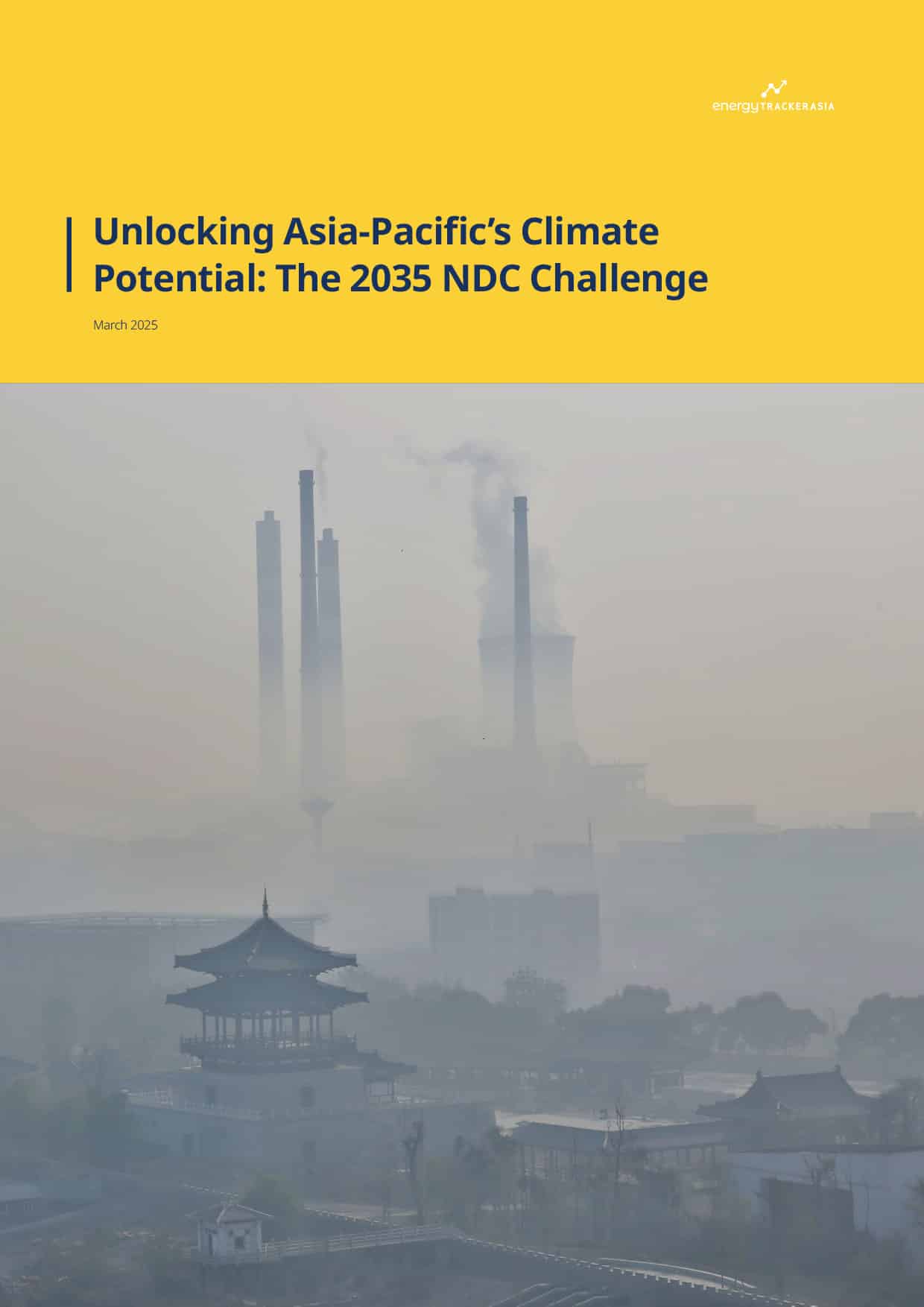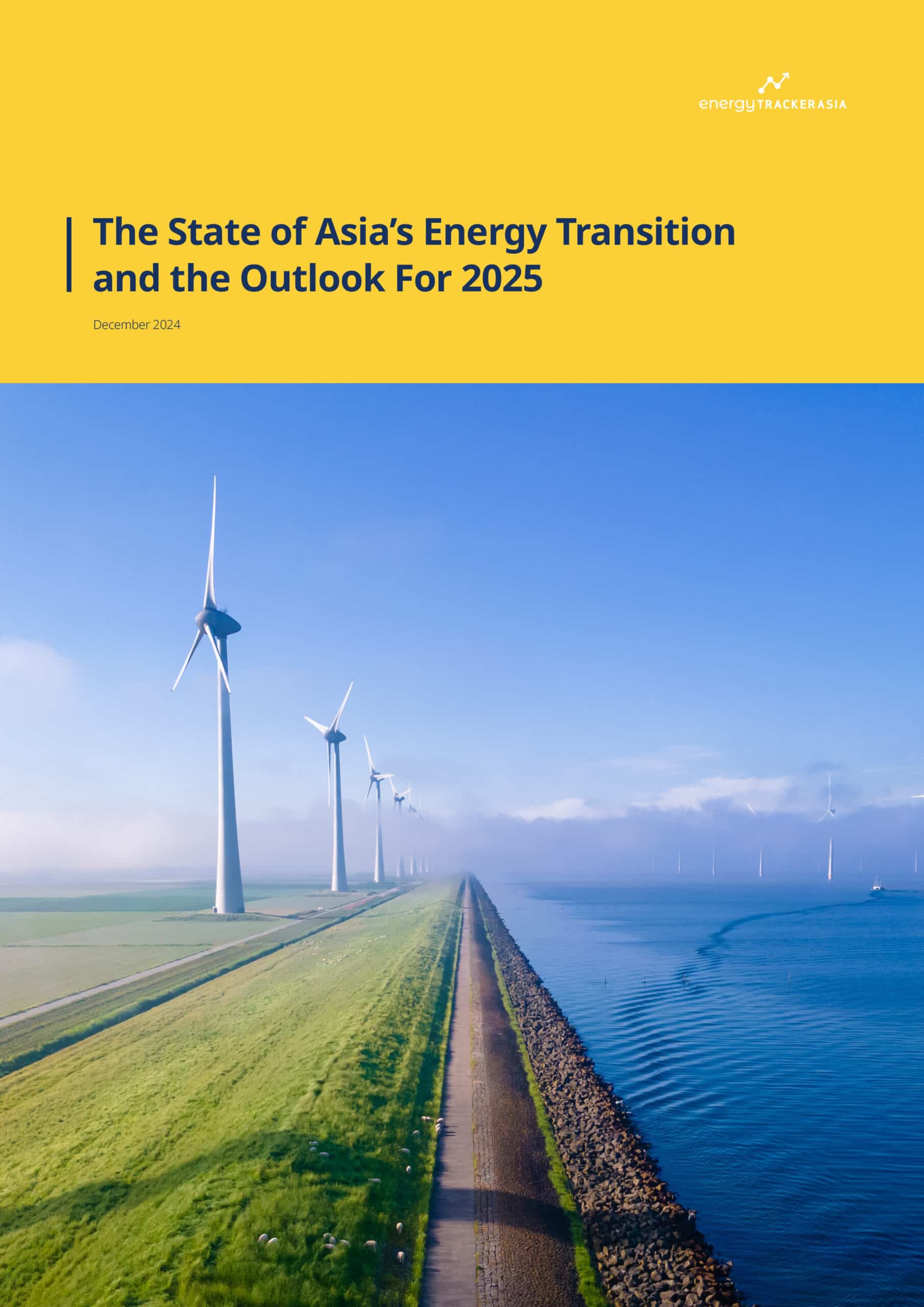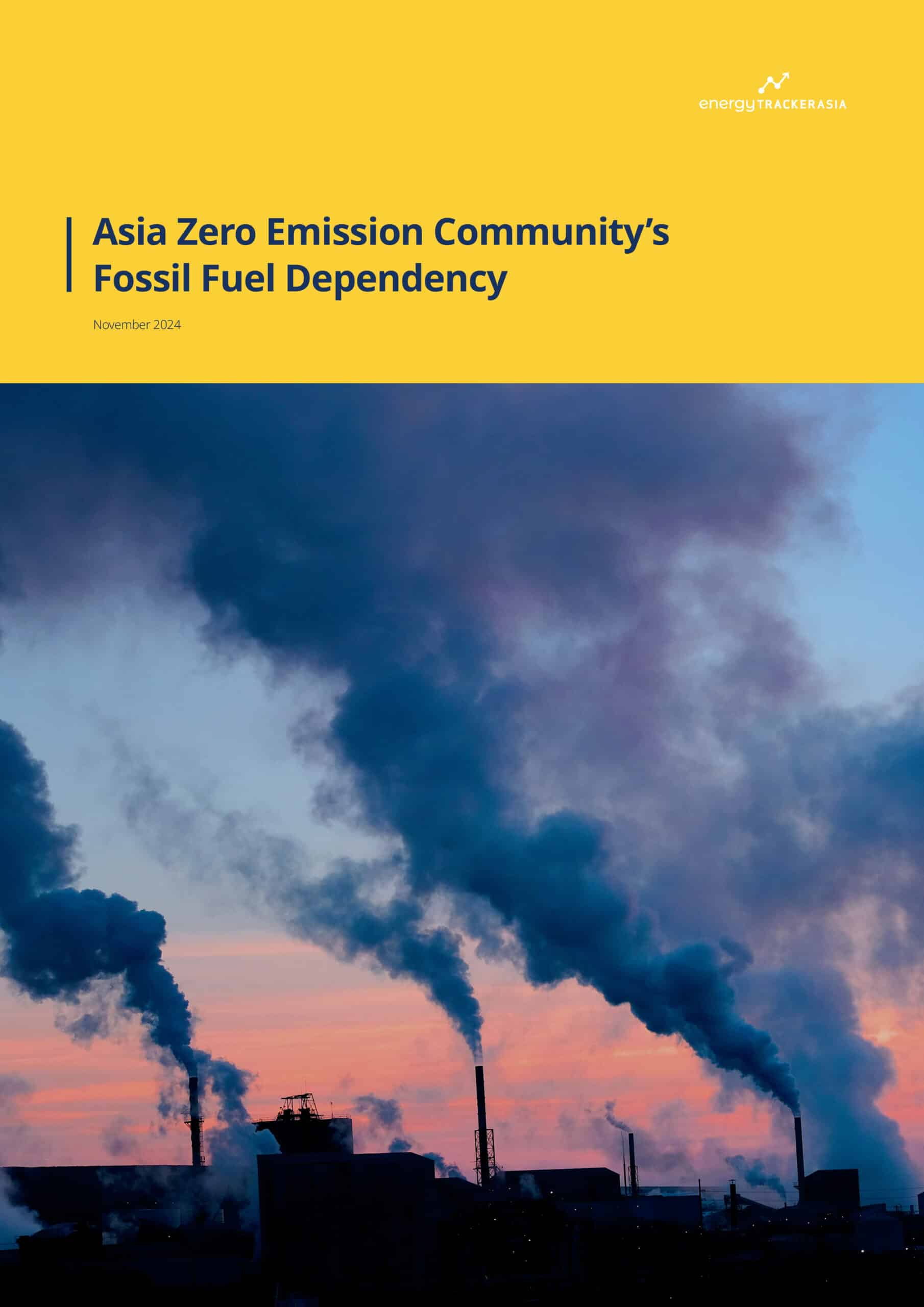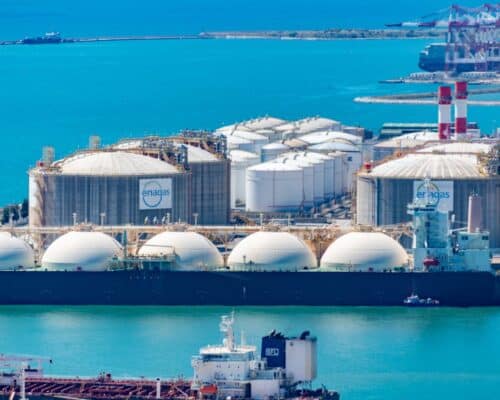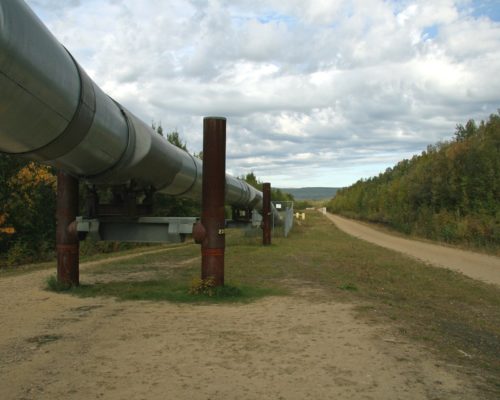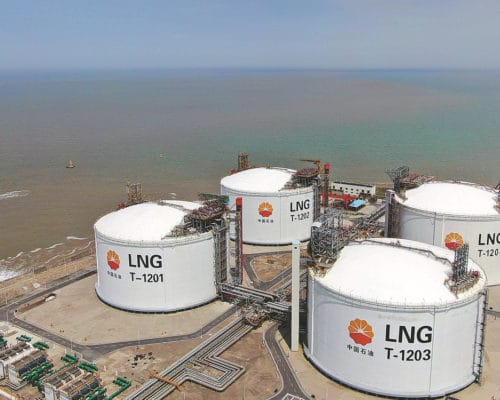How Thailand Can Transition from Gas Dependency Risks to Clean Energy Gains [Op-Ed]
Photo: Shutterstock / Atiwat Witthayanurut
10 November 2025 – by Dr. Supawan Saelim, Dr. Siripha Junlakarn and Sascha Oppowa
Thailand’s energy transition is entering a pivotal moment, marked by shifting leadership and growing regional ambitions. The appointment of a new Energy Minister in September 2025 comes as the country prepares to finalise its Power Development Plan (PDP) and update its net-zero roadmap ahead of COP30. Meanwhile, the adoption of the ASEAN Plan of Action for Energy Cooperation (APAEC) 2026–2030, which sets a regional goal of 45% renewable energy in installed capacity by 2030, signals growing momentum across the region. Together, these developments present Thailand with an opportunity to align its policy direction, attract investment, and reaffirm its position as a leader in clean energy in Southeast Asia.
Updating the PDP now enables Thailand to design an energy system that supports both economic and energy security while advancing its environmental ambitions. This presents an opportunity to chart a more balanced path that strengthens resilience, reduces exposure to fuel import volatility and enhances industrial competitiveness in a rapidly decarbonising global economy.
The Cost of Staying the Course
Natural gas has long been the backbone of Thailand’s power system. However, as domestic production declines, imported LNG is expected to account for over half of the supply by 2030. The existing draft PDP includes roughly 6.3 gigawatts of new gas-fired power plant capacity, further deepening import dependence at a time when global gas prices remain volatile and supply routes are uncertain.
A recent study by the Energy Research Institute and Agora Energiewende, under the Clean, Affordable, and Secure Energy (CASE) project, highlights the potential long-term costs associated with this path. Geopolitical disruptions, ranging from conflicts to shipping bottlenecks, are increasingly shaping global LNG markets. This could inflate import bills and weigh on utilities already burdened with debt from surging LNG import prices following Russia’s full-scale invasion of Ukraine. These costs eventually translate into higher electricity prices for households and industry.
Another challenge lies in system inflexibility and carbon lock-in. In Thailand, long-term Power Purchase Agreements (PPAs) and “take-or-pay” contracts obligate utilities to purchase gas and generate power, even when LNG costs are high and cheaper renewable energy sources are available, over the next 20-25 years. Reducing this dependency on gas, while improving flexibility in Thailand’s power system, could save approximately USD 3.5 billion over the next two decades, which could be used to support grid upgrades, renewable energy deployment, or energy efficiency improvements.
Moreover, achieving net zero while maintaining a significant exposure to the gas economy will require the abatement of greenhouse gas emissions across the entire gas supply chain, necessitating substantial future investments in technologies such as hydrogen or carbon capture, utilisation, and storage (CCUS). These solutions are currently immature, costly and technically constrained. Continued gas expansion not only increases the risk of missing the 2050 net-zero target but also crowds out renewable investment and locks the country into long-term financial liabilities. In addition, importing gas can, in some cases, be even more polluting than burning coal. Full life-cycle emissions of gas-fired power plants using LNG imported from the United States are approximately 33% higher than those of locally generated coal power. This evidence raises both economic and environmental concerns, suggesting importing LNG is incompatible with a net-zero pathway. On the other hand, more ambitious renewable energy development on the path to Thailand’s carbon neutrality could minimise the cost of power system modernisation, while reducing the share of gas in power generation to below 20% by 2050, studies have highlighted.
Unlocking Renewable and Energy Efficiency Gains for Industrial Competitiveness
Thailand’s high exposure to gas carries significant competitiveness implications. Export-oriented industries are facing growing pressure from international buyers to decarbonise their supply chains. Continued reliance on high-emission, high-cost gas power could steadily erode Thailand’s industrial competitiveness, especially as neighbouring countries such as Vietnam and the Philippines have already surpassed it in their adoption of renewable energy.
The cost of solar and wind energy has been drastically declining, and it will continue to do so globally, making renewables a more affordable source of generation across Southeast Asia. Countries such as Vietnam, the Philippines, Malaysia and Thailand are expected to see solar and storage become cheaper than gas before 2030. For Thailand, maintaining a gas-heavy power mix risks higher costs and reduced attractiveness to investors seeking clean and stable energy sources.
As the region moves toward deeper integration through the ASEAN Power Grid (APG), cross-border electricity trade can help balance renewable energy variability, improve system reliability, and allow countries to share excess clean power, thereby reducing the need for new domestic gas generation. This renewables-based regional integration is already underway, with countries such as Malaysia and Singapore charting the course. Thailand could also assume a leading role in the process, thereby strengthening its position as a regional energy leader. Improving grid interconnections and flexibility would be a more cost-effective route to energy security than building new fossil infrastructure. Thailand can also utilise its existing gas assets as a flexible backup capacity to support higher shares of solar and wind energy, both domestically and regionally.
In addition, improving energy efficiency could play a crucial role in reducing gas dependency and enhancing industry competitiveness, ultimately leading to lower energy costs.
Turning Risks into Resilience
Thailand has significant potential to transform its current risk exposure into long-term strength by adopting a clear roadmap for a gas transition. Defining when new gas capacity approvals will end and how the share will decline would give investors confidence and redirect capital toward renewables, storage and grid modernisation.
Accelerating the deployment of renewable energy and enhancing system flexibility should become a national priority. Expanding solar and wind generation, while investing in battery storage, demand-side management, and digital grid solutions, can bolster Thailand’s power system. With updated tariff structures and regulations, renewables can help stabilise the grid through flexible supply and demand sides. Updating PPAs to make gas plants more flexible, rather than operating as baseload power sources, will further ensure reliability. These will help the country to meet the increasing demand for clean electricity more reliably and sustainably.
A Practical Path Forward
Thailand stands at a pivotal crossroads. Persisting with a gas-intensive pathway could compound economic risks and delay progress toward its net-zero goals. With thoughtful policy design and strong coordination among the government, regulators, and industry, Thailand can capitalise on this moment as an opportunity for renewal.
The upcoming 2025 PDP update provides a solid foundation for future development. Incorporating a clear gas transition timeline, annual renewable deployment targets, grid flexibility milestones, and mechanisms to actively participate in regional initiatives such as the ASEAN Power Grid and the Renewable Energy Certificates market would ensure that Thailand keeps pace with regional momentum.
Transforming gas risks into clean energy gains is feasible and a pragmatic course that aligns with Thailand’s long-term economic interests, ASEAN’s shared ambition and global market trends. With steady leadership and ambitious renewable energy targets, Thailand can position itself as a regional driver in the clean energy transition across Southeast Asia.
This opinion is co-authored by Dr. Supawan Saelim (Agora Energiewende), Dr. Siripha Junlakarn (Energy Research Institute, Thailand) and Sascha Oppowa (Deutsche Gesellschaft für Internationale Zusammenarbeit, GIZ) under the project ‘Clean, Affordable, and Secure Energy in Southeast Asia’ (CASE) project.
CASE facilitates an evidence-based energy transition in Southeast Asia, considering energy security and affordability, towards global and country carbon neutrality and net-zero targets. CASE focuses on the four largest countries in the region: Indonesia, Vietnam, Thailand and the Philippines. These four countries represent nearly three-quarters of the total power generation in the region, accounting for approximately 72% of the region’s GDP and 82% of its population. Their energy development will significantly impact the region’s ability to achieve its development and sustainability goals, as well as the objectives of the Paris Agreement. CASE focuses on offering evidence-based solutions to policymakers facing challenges and building social support for the region. To achieve this, a joint fact-finding approach is employed to mitigate areas of disagreement through expert analysis and discussion. The project also supports coordination in the SEA power sector by providing technical and policy support, as well as facilitating discourse on energy visions.
Disclaimer: The views and opinions expressed in this article are those of the author and do not necessarily reflect the official policy or position of Energy Tracker Asia
